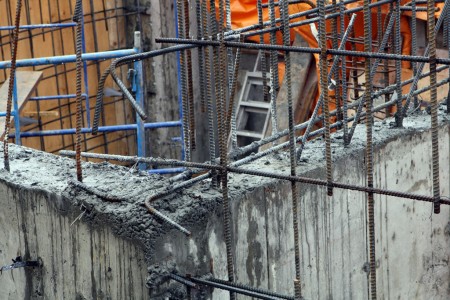As climate change continues, the Arctic is warming more than any other part of the world. This year’s mild winter is having an effect on northern communities, by making ice roads they depend upon impassable. Now, a state of emergency has been declared:
Mild weather shut the roads down after just under a month, which cut off more than 30,000 people from the south. Normally, the 2,200 kilometres of temporary routes over frozen swamps, muskeg and lakes are open for up to eight weeks.
About 2,500 shipments of fuel, groceries, construction materials and general freight are brought in at a reasonable cost using winter roads. Otherwise, goods have to be flown in at great expense.
Of course, there has always been variation in the severity of winters, arising from the complexities of the climate system. What climate change does is shifts the distribution: making the mean winter warmer, and increasing the number of very unusually warm winters relative to very unusually cold ones.
The specific case of ice roads and Arctic communities also demonstrates a broader situation. Every community in the world has evolved into its current form based at least partly on the climate in which it exists. This includes everything from transportation and housing infrastructure to energy generation facilities and emergency response capacity. The more climate change takes place worldwide, the greater the mismatch will be between the climate communities were built for and the climate they actually experience.

